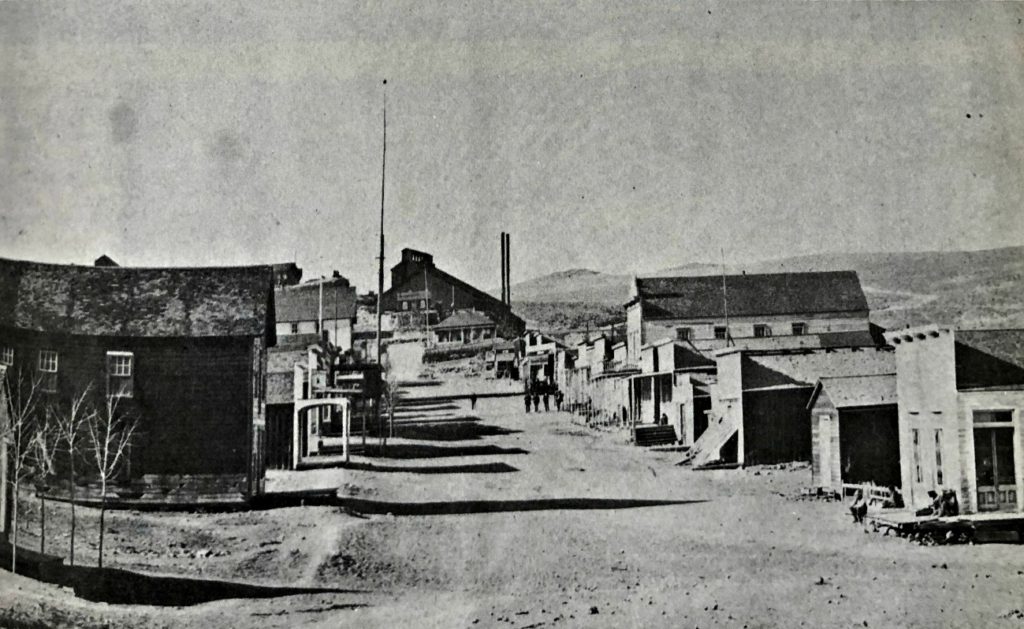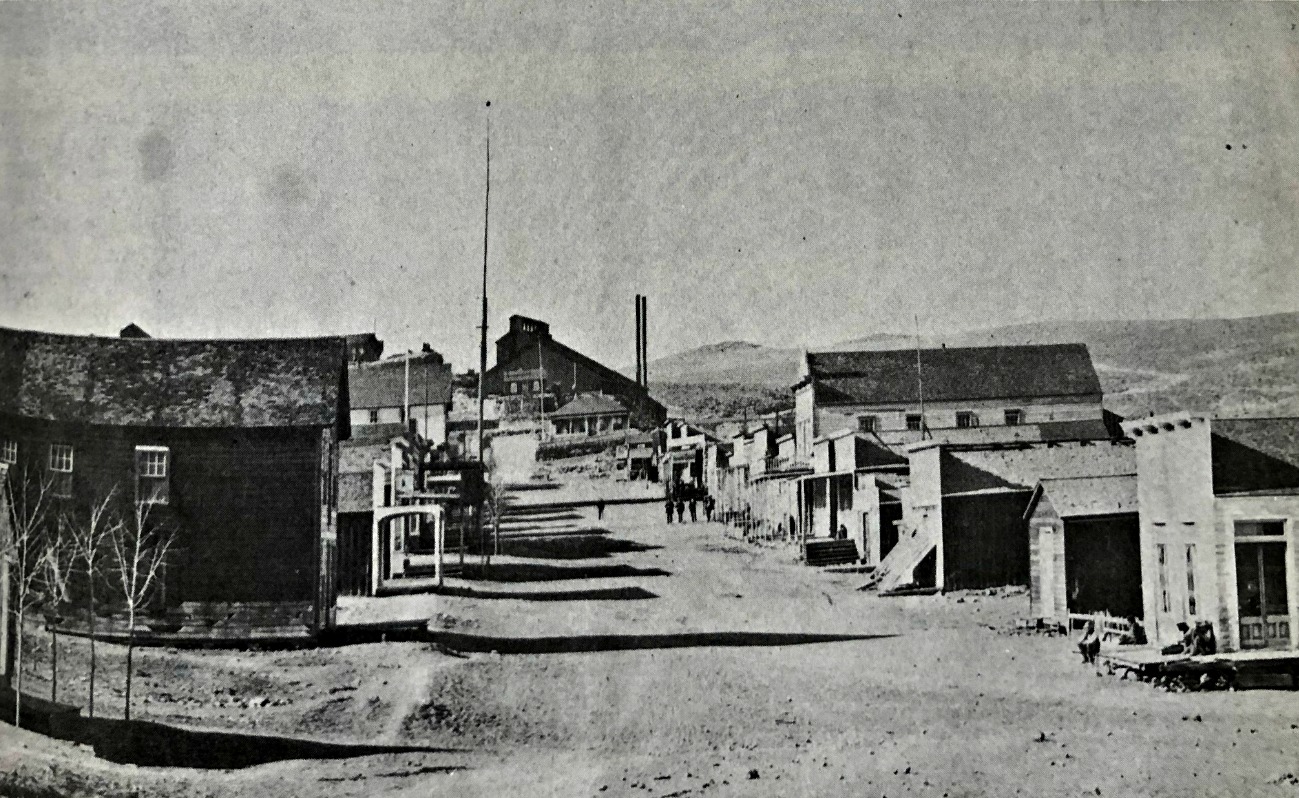Nevada Mining Ghost Towns: Candelaria

The Nevada mining industry has a long tradition of finding solutions to complex problems. Candelaria, Nevada was no exception. A remote town so isolated that it was cheaper to buy whiskey than water. Though Candelaria may not be as well known as other 19th century mining boomtowns, its story exemplifies the hard work and perseverance of the Nevada miner.
Silver was originally discovered in Candelaria by Spanish prospectors in 1864. Little mining would take place in the area until the early 1870s, when European immigrants moved into the area. Despite the differences in culture, Candelaria’s Spanish-inspired name stuck.
The most successful mine in the area, the Northern Belle, opened in 1873, and would produce $15 million worth of ore in its lifetime. However, the boom was slow to arrive. The mine was unable to produce at large scale until 1882, nor was the town able to sustain a large population.
The issue? Candelaria was located 9 miles away from its nearest water source. Water had to be shipped into town daily at a hefty price of $1 a gallon, making it more expensive than whiskey. Because of the limited supply, the water the town did have was reserved for citizens, leaving little behind for industrial use. Mines had to use dry-milling practices, which unfortunately resulted in several miners suffering from respiratory illnesses from breathing in dust particles.
Construction on a water pipeline was completed in 1882, allowing the town and nearby mines to flourish. Candelaria boasted a number of successful businesses and grew to a population of 1,000, making it the largest community in Esmeralda County, Nevada at the time.
Sadly, a financial crisis in 1893 shut the town down almost overnight. A few people remained over the ensuing decades, but by 1941, the town was left behind for good. Mining returned to the area in the 1980s and 90s before entering the reclamation stage in the early 2000s.

